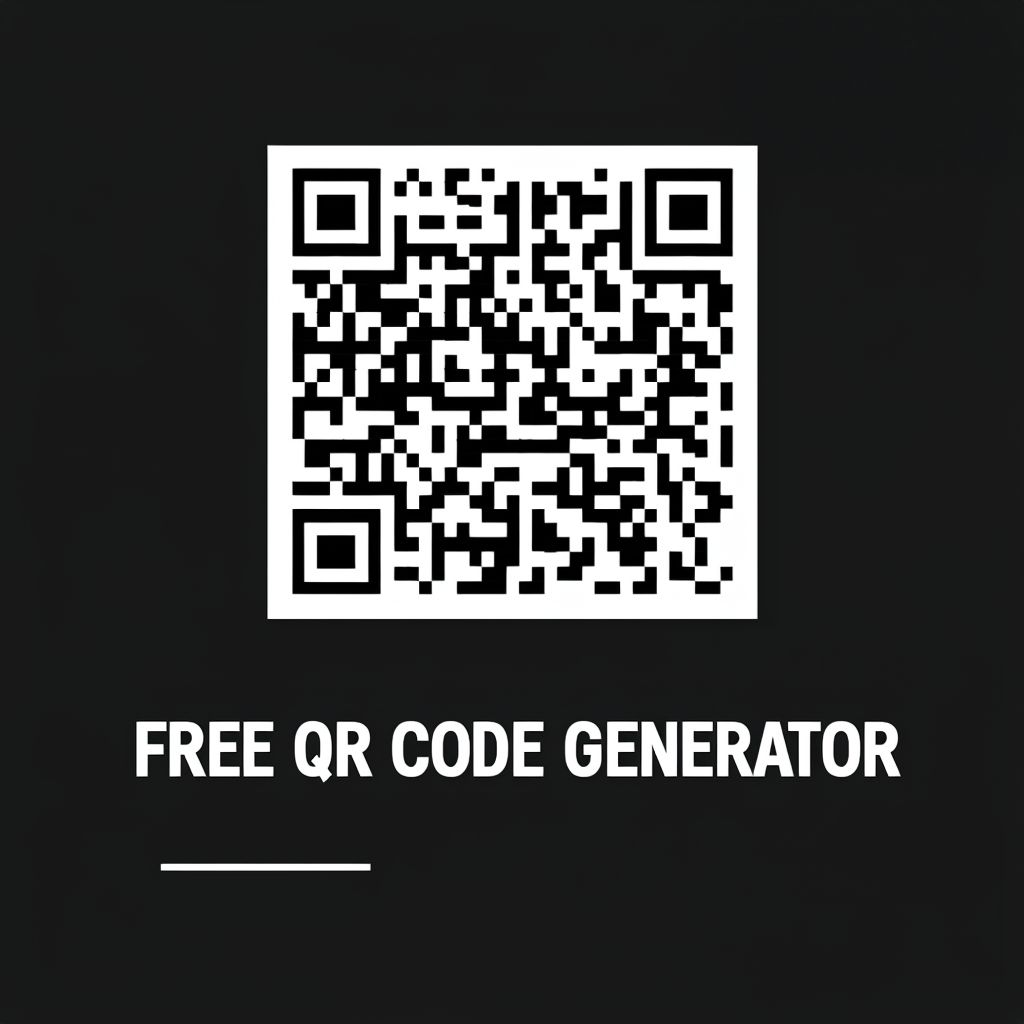

How to Easily Create a Custom QR Code for Your Website in 2025

QR codes have evolved from bland, black-and-white squares into powerful, dynamic marketing tools. In 2025, a custom QR code isn't just a functional link; it's an extension of your brand's identity and a key to engaging your audience.
If you think creating a custom QR code is a technical chore, think again. With today's AI-powered design platforms, it's a surprisingly simple process that takes just minutes. This guide will walk you through the easiest way to create a stunning, scannable QR code that people will actually want to interact with.
Why a Custom QR Code is a Must in 2025
Before we dive into the "how," let's talk about the "why." A standard, generic QR code gets the job done, but a custom one does so much more:
-
Builds Brand Recognition: By incorporating your logo, brand colors, and unique graphics, you turn a generic square into a memorable brand asset.
-
Increases Scan Rates: A visually appealing QR code attracts attention and looks trustworthy, significantly boosting the likelihood of someone scanning it.
-
Enhances User Experience: Modern QR tools allow you to create Dynamic QR Codes. This means you can change the destination URL anytime without reprinting the code—a game-changer for campaigns.
-
Provides Valuable Data: Dynamic QR codes come with built-in analytics, letting you track scans, locations, and devices, giving you insights into your audience's behavior.
The 5-Minute Guide to Your Custom QR Code
Forget complex coding. We'll use a modern, user-friendly QR code generator for this. Platforms like Beaconstac, QRCode Monkey, or QRCode Chimp are perfect for this task, offering free and premium tiers.
Step 1: Generate Your Basic QR Code
-
Choose a QR Code Generator: Head to your preferred online tool. For this example, we'll use a platform with robust free features.
-
Select Content Type: Choose "Website URL" (it might also be called "URL" or "Link").
-
Enter Your Website Address: Paste the full URL of your website or a specific landing page (e.g.,
https://www.yourwebsite.com/special-offer). Double-check for typos!
At this point, you'll have a fully functional, but plain, black-and-white QR code. The magic happens next.
Step 2: Unleash Your Creativity with Customization
This is where you make the QR code yours. Look for the "Design," "Customize," or "Colors & Styles" tab.
-
Change Colors: Swap the boring black modules for your brand's primary color. Use a contrasting color for the background to ensure high scannability. Most tools have accessibility checkers to warn you of poor contrast.
-
Add Your Logo: This is crucial for branding. Upload your company's logo (a transparent PNG file works best) and place it in the center. The generator will automatically ensure the code remains scannable around it.
-
Shape Your Dots (Modules): In 2025, rounded dots, circles, or even custom shapes are in vogue. They give a softer, more modern look compared to sharp squares. Don't be afraid to experiment!
-
Style the Corners (Eye Frames): The three corner squares are essential for scanners to orient the code. You can style these with different frame designs (e.g., rounded, leaf-shaped, or dotted) to add flair without breaking functionality.
-
Add a Call-to-Action (CTA): Some advanced generators let you add a small line of text below the code, like "Scan to Explore" or "Unlock Your Discount." This guides users and clarifies the action.
Step 3: Test, Test, and Test Again!
Your QR code might look beautiful, but it's useless if it doesn't work.
-
Use Your Phone's Native Camera: The simplest test. Open your camera app, point it at the code on your screen, and see if it redirects you correctly.
-
Test on Multiple Devices: Try scanning with both iOS and Android phones, and different camera apps.
-
Check from a Distance: If you plan to print it on a poster, test how it scans from a few feet away.
A good QR generator will have a built-in preview and tester to help you with this.
Step 4: Download and Deploy
Once you're satisfied, download your QR code. For the best quality, especially for print, choose a high-resolution PNG or SVG file. For web use, a standard PNG or JPG is fine.
Now, place it everywhere!
-
Print: Business cards, flyers, product packaging, brochures.
-
Digital: Email signatures, social media posts, website banners, digital presentations.
Pro Tips for 2025: Going Beyond the Basics
To truly leverage QR codes this year, keep these advanced tips in mind:
-
Embrace Dynamic QR Codes: If your campaign is ongoing, invest in a dynamic code. The ability to change the link later (e.g., from a launch page to a thank-you page) is invaluable and saves you from reprinting materials.
-
Design with AI: Some platforms now offer AI-assisted design. You can simply input your brand description, and the AI will suggest color palettes and styles that match your identity.
-
Prioritize Scannability Over Complexity: While it's fun to get creative, avoid making the code too dense or low-contrast. The primary goal is still to be scanned easily.
-
Create a Frame for Social Sharing: Design an attractive frame around your QR code with your logo and CTA. This makes it perfect for sharing on Instagram or Facebook Stories.
Conclusion
Creating a custom QR code for your website in 2025 is no longer a task for developers; it's a quick and creative project for anyone. By using a modern generator, infusing your brand's personality, and rigorously testing the result, you can create a powerful bridge between your physical and digital marketing efforts.
Don't just link to your website—make a statement. In just five minutes, you can build a smarter, more beautiful, and more effective tool that drives traffic and strengthens your brand. So, what are you waiting for? Your custom QR code is just a few clicks away.


